8 Common Mistakes in Sustainable Forestry
- August 8, 2024
- 0 comment
Sustainable forestry is a vital practice for maintaining the health of our planet’s forests. It involves managing forest resources in a way that meets current needs without compromising the ability of future generations to meet theirs. However, navigating the complexities of sustainable forestry can be challenging, and making mistakes can be costly.
What is Sustainable Forestry?
Sustainable forestry refers to the practice of managing forest resources to maintain their biodiversity, productivity, and regeneration capacity. It balances the ecological, economic, and social functions of forests, ensuring they remain healthy and productive for future generations.
- Importance of Sustainable Forestry: Sustainable forestry is crucial for preserving biodiversity, mitigating climate change, and supporting local communities. It helps protect wildlife habitats, sequester carbon, and provide resources like timber and non-timber forest products sustainably.
- Principles of Sustainable Forestry: Key principles of sustainable forestry include maintaining forest health, preserving biodiversity, ensuring sustainable yield, and involving local communities in management decisions. These principles guide the development and implementation of sustainable forestry practices.
8 Common Mistakes in Sustainable Forestry
1. Overharvesting
One of the most significant mistakes in sustainable forestry is overharvesting. This practice depletes forest resources faster than they can regenerate, leading to long-term ecological damage and loss of biodiversity.
Avoiding Overharvesting
- Implementing strict harvest limits based on scientific assessments.
- Monitoring forest growth and regeneration rates.
- Utilizing selective logging practices to minimize impact.
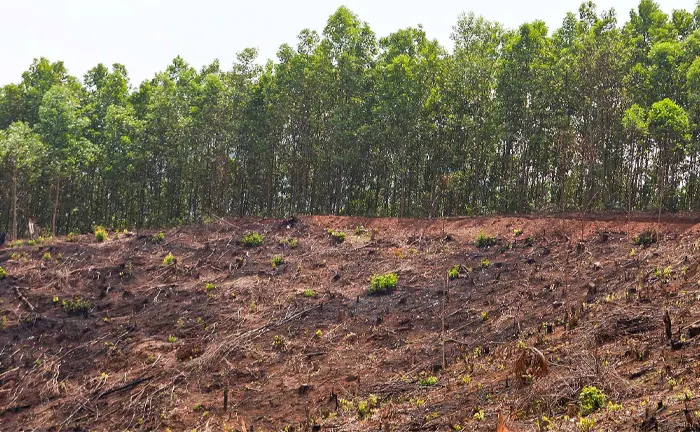
2. Ignoring Biodiversity
Neglecting biodiversity is another costly mistake. A diverse forest ecosystem is more resilient and productive, supporting a wide range of species and ecological functions.
Promoting Biodiversity
- Protecting old-growth forests and rare species habitats.
- Planting a variety of tree species.
- Maintaining natural forest structures and processes.
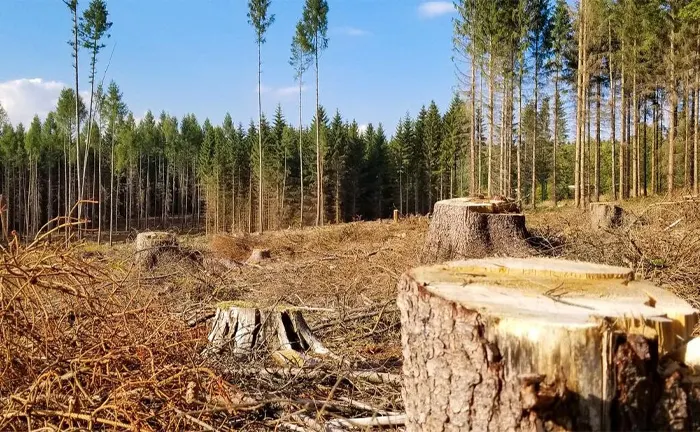
3. Poor Planning and Management
Lack of comprehensive planning and management can lead to unsustainable practices and forest degradation.
Effective Planning Strategies
- Developing detailed forest management plans based on scientific data.
- Setting clear objectives and guidelines for sustainable practices.
- Regularly reviewing and updating management plans.
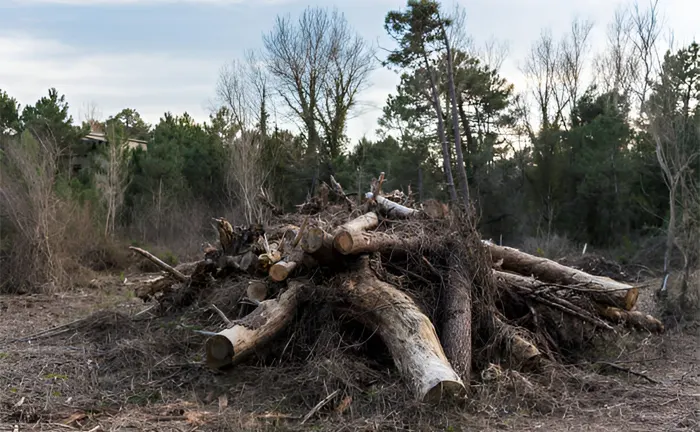
4. Inadequate Soil and Water Conservation
Soil and water are critical components of forest ecosystems. Inadequate conservation measures can lead to erosion, reduced soil fertility, and water pollution.
Enhancing Soil and Water Conservation
- Implementing erosion control measures.
- Protecting riparian zones and wetlands.
- Utilizing sustainable harvesting techniques that minimize soil disturbance.
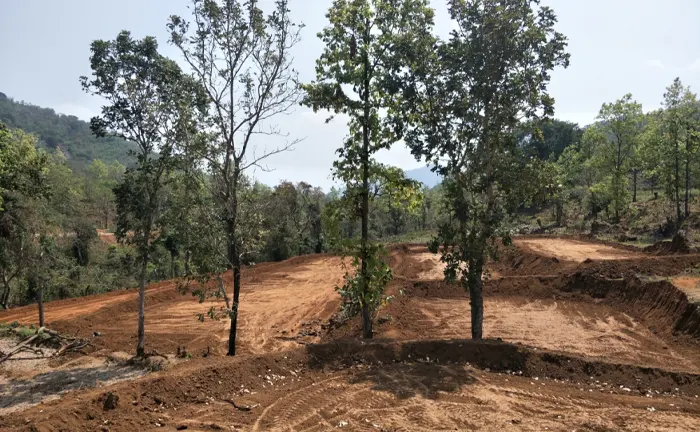
5. Failure to Engage Local Communities
Local communities often have valuable knowledge and a vested interest in sustainable forestry. Failing to involve them can result in conflict and unsustainable practices.
Community Engagement Practices
- Involving local communities in decision-making processes.
- Providing education and training on sustainable forestry.
- Supporting community-based forest management initiatives.

6. Ignoring Climate Change Impacts
Climate change significantly affects forest ecosystems. Ignoring its impacts can lead to ineffective and unsustainable forestry practices.
Adapting to Climate Change
- Monitoring climate trends and their effects on forests.
- Implementing adaptive management strategies.
- Enhancing forest resilience through biodiversity and conservation practices.
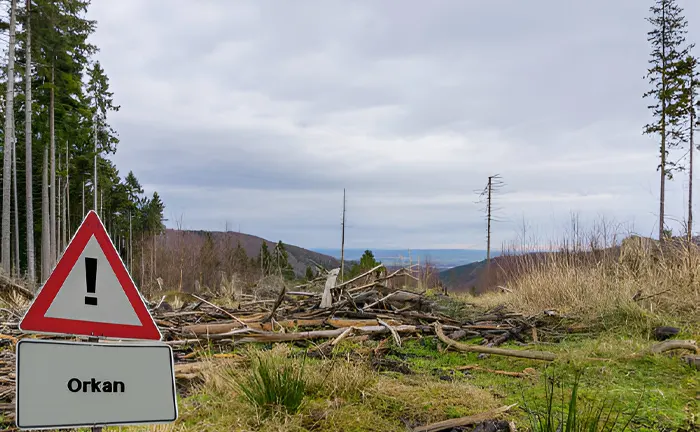
7. Inadequate Monitoring and Evaluation
Continuous monitoring and evaluation are essential for ensuring sustainable forestry practices. Inadequate monitoring can lead to missed opportunities for improvement and corrective actions.
Implementing Robust Monitoring Programs
- Establishing clear indicators and benchmarks for sustainability.
- Regularly collecting and analyzing data.
- Making adjustments based on monitoring results.
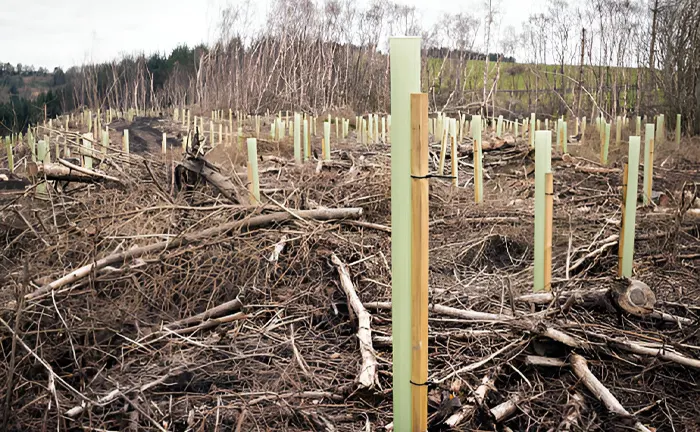
8. Overreliance on Single Species
Relying heavily on a single tree species for timber can lead to ecological imbalances and increased vulnerability to pests and diseases.
Diversifying Species
- Planting a mix of native species.
- Promoting natural regeneration processes.
- Avoiding monoculture plantations.
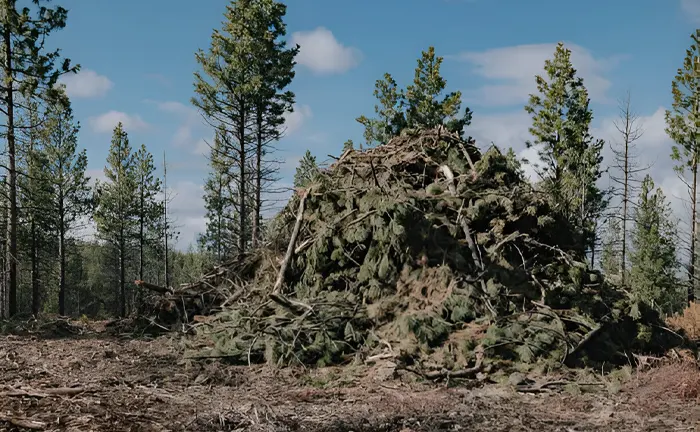
Neglecting Non-Timber Forest Products
Forests provide a wide range of non-timber products that are vital for local communities and biodiversity. Neglecting these products can lead to missed economic opportunities and ecological degradation.
Promoting Non-Timber Forest Products
- Identifying and valuing non-timber products.
- Supporting sustainable harvesting practices.
- Integrating non-timber products into forest management plans.
Best Practices for Sustainable Forestry
Implementing Certification Programs
Certification programs like the Forest Stewardship Council (FSC) play a crucial role in promoting sustainable forestry. These programs establish rigorous standards for forest management practices that meet high environmental, social, and economic criteria.

Certification ensures that forests are managed in ways that preserve biodiversity, protect water resources, and support the rights and well-being of local communities. By adhering to these standards, forestry operations can gain market recognition and access to eco-conscious consumers, creating economic incentives for sustainable practices. Overall, certification programs provide a robust framework for achieving and maintaining sustainability in forest management.
Utilizing Technology and Innovation
The integration of advanced technologies such as remote sensing, Geographic Information Systems (GIS), and drones has revolutionized forest monitoring, planning, and management. These technologies enable precise mapping and assessment of forest conditions, allowing for better decision-making and more efficient resource allocation.

Remote sensing and GIS can track changes in forest cover and health over time, while drones provide real-time data and access to difficult-to-reach areas. By leveraging these innovations, forest managers can implement more effective and sustainable practices, reducing human impact on forests and enhancing conservation efforts.
Promoting Education and Training
Continuous education and training are vital for the successful implementation and maintenance of sustainable forestry practices. Forest managers, workers, and local communities must stay informed about the latest methods, technologies, and regulations in sustainable forestry. Education programs can cover topics such as biodiversity conservation, climate change adaptation, and sustainable harvesting techniques. Training ensures that all stakeholders have the skills and knowledge needed to effectively manage forest resources. By fostering a culture of learning and improvement, sustainable forestry practices can be continuously refined and adapted to changing conditions.
Supporting Research and Development
Investing in research and development (R&D) is essential for advancing our understanding of forest ecosystems and developing new methods and technologies for sustainable forestry. R&D efforts can lead to innovations in areas such as pest management, soil conservation, and climate adaptation. They also provide valuable insights into the ecological processes that underpin forest health and resilience. By supporting R&D, policymakers and industry leaders can drive progress towards more sustainable and efficient forestry practices. This investment not only enhances the sustainability of forests but also contributes to broader environmental and economic goals.
Enhancing Policy and Legislation
Robust policies and legislation are fundamental to promoting and enforcing sustainable forestry practices. Effective laws related to forest management, conservation, and community rights create a framework for sustainable practices and provide the legal backing needed to protect forest resources.

Policies should address issues such as land tenure, access rights, and the equitable distribution of benefits from forest resources. Strong legislative frameworks also facilitate the implementation of international agreements and standards. By enhancing policy and legislation, governments can ensure that sustainable forestry practices are adopted and maintained, contributing to long-term forest conservation and community well-being.
Final Concluding Thoughts
Avoiding these costly mistakes in sustainable forestry is crucial for ensuring the long-term health and productivity of our forests. By prioritizing comprehensive planning, biodiversity conservation, soil health, climate change adaptation, mixed-species plantations, community engagement, robust monitoring and evaluation, long-term economic perspectives, water resource management, and social and cultural values, forest managers can create resilient and sustainable forest ecosystems. Sustainable forestry is not just about maintaining the economic benefits of forests but also about preserving their ecological integrity and the well-being of the communities that depend on them. Through thoughtful and inclusive management practices, we can achieve a balance that supports both people and the planet.
Frequently Asked Questions (FAQs)
- How can overharvesting be prevented in sustainable forestry?
Overharvesting can be prevented by implementing strict harvest limits based on scientific assessments. - What role do local communities play in sustainable forestry?
Local communities play a crucial role by participating in decision-making and managing forests sustainably. - Why is biodiversity important in sustainable forestry?
Biodiversity enhances ecosystem resilience, productivity, and stability in sustainable forestry. - How can soil and water conservation be improved in forestry practices?
Soil and water conservation can be improved by implementing erosion control measures and protecting riparian zones. - What are some non-timber forest products, and why are they important?
Non-timber forest products like fruits and medicinal plants are important for local economies and biodiversity. - How does climate change impact sustainable forestry?
Climate change impacts sustainable forestry by altering growth rates and species composition. - What are the consequences of neglecting comprehensive planning in forestry?
Neglecting comprehensive planning can lead to degraded forest health and reduced economic returns. - How can single-species plantations negatively impact sustainable forestry?
Single-species plantations are more susceptible to pests and diseases, impacting sustainability. - Why is monitoring and evaluation critical in sustainable forestry?
Monitoring and evaluation are critical to ensure forestry practices are effective and sustainable. - How can short-term economic focus undermine sustainable forestry?
A short-term economic focus can lead to practices that degrade ecosystems and reduce long-term productivity.
We hope this guide sheds light on the common pitfalls in sustainable forestry and helps you avoid them in your practices. Have you encountered any of these mistakes, or do you have tips on how to overcome them? Share your experiences and insights in the comments below. Your contributions could assist others in refining their approach and fostering better forestry practices. Don’t forget to share this article with fellow forestry enthusiasts and professionals who are committed to sustainable practices!

Edward Smith
Forestry AuthorWoodworking is about more than crafting; it's a harmonious connection with nature, mastering tools, and preserving our environment. I'm here to share my knowledge and experiences with you, forging a future where we can embrace wood's beauty and utility while safeguarding our forests' health and diversity.

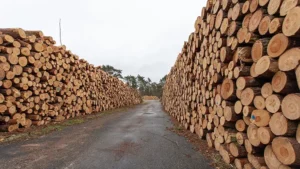
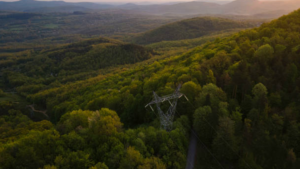
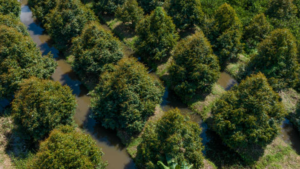
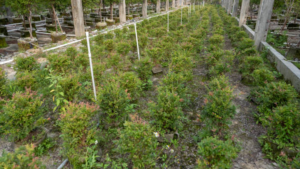
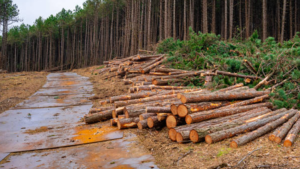

Leave your comment